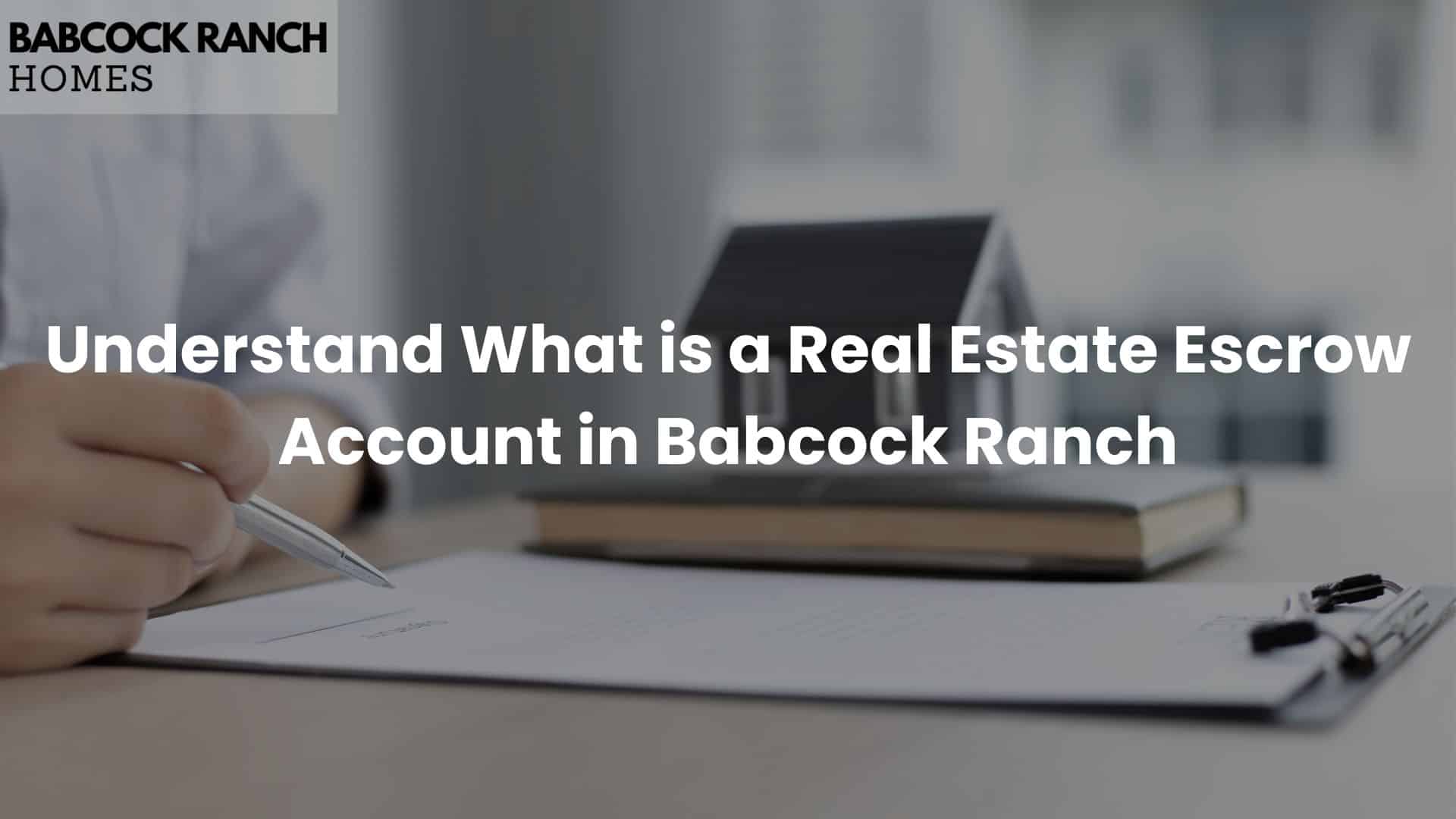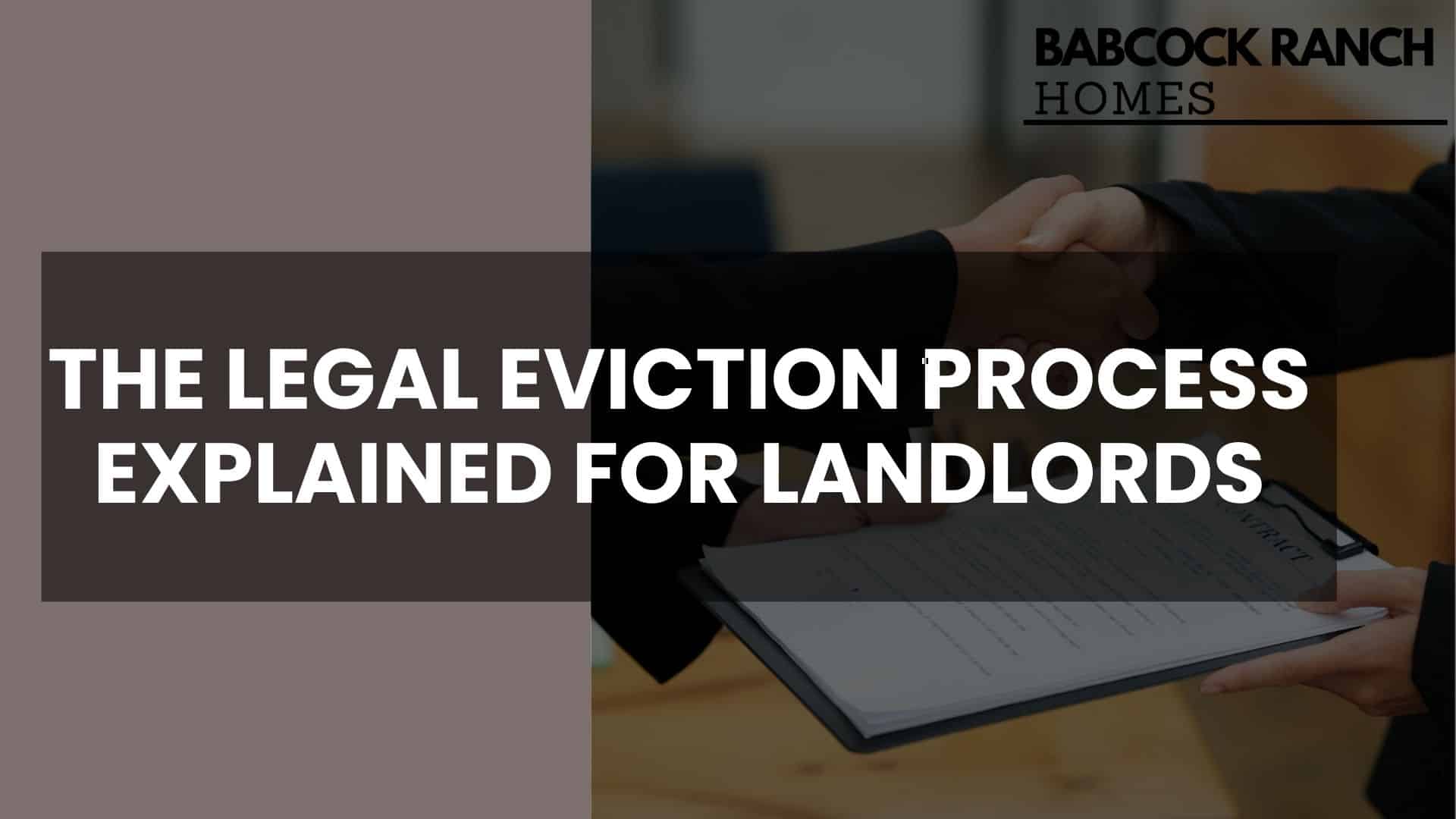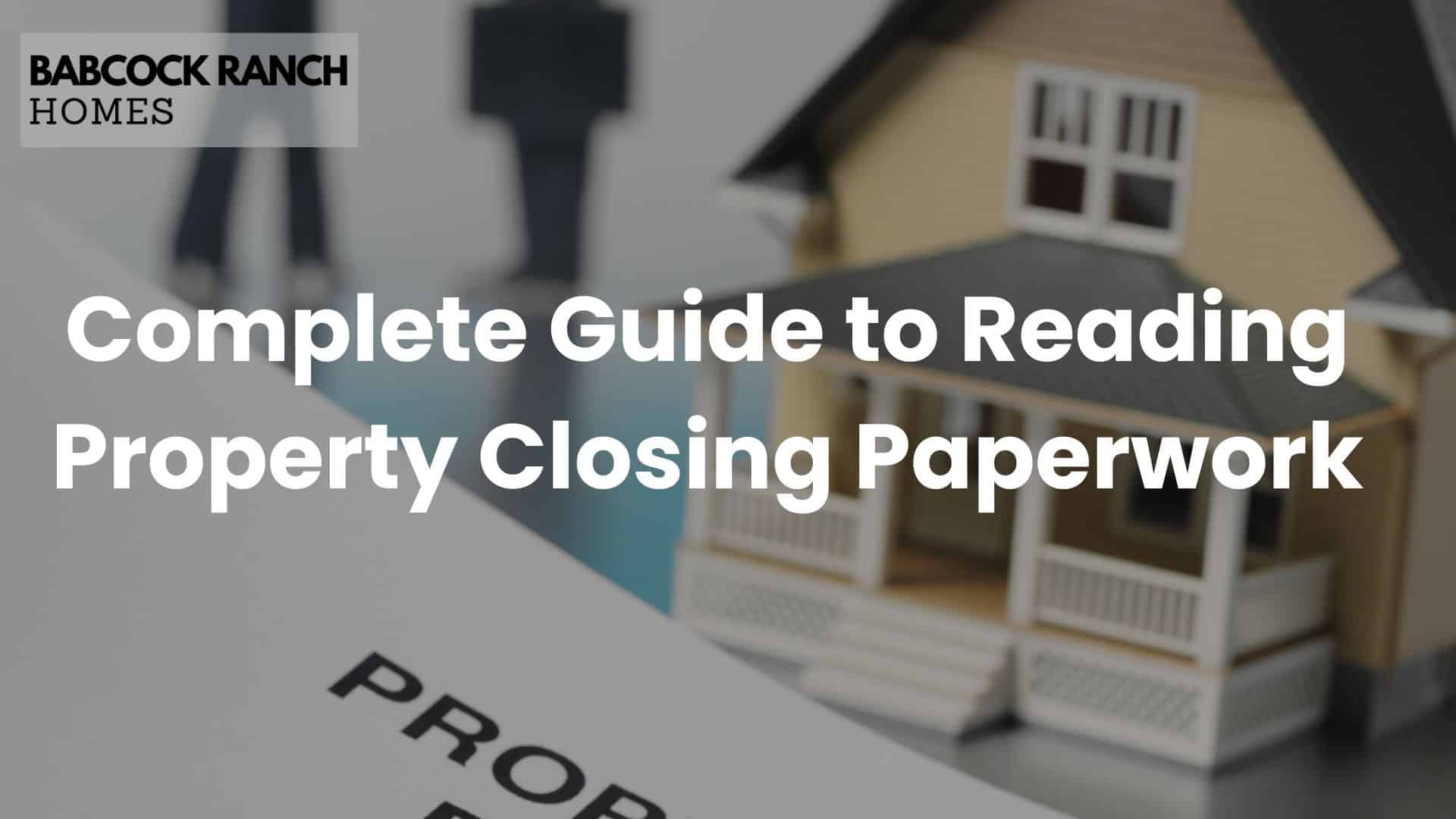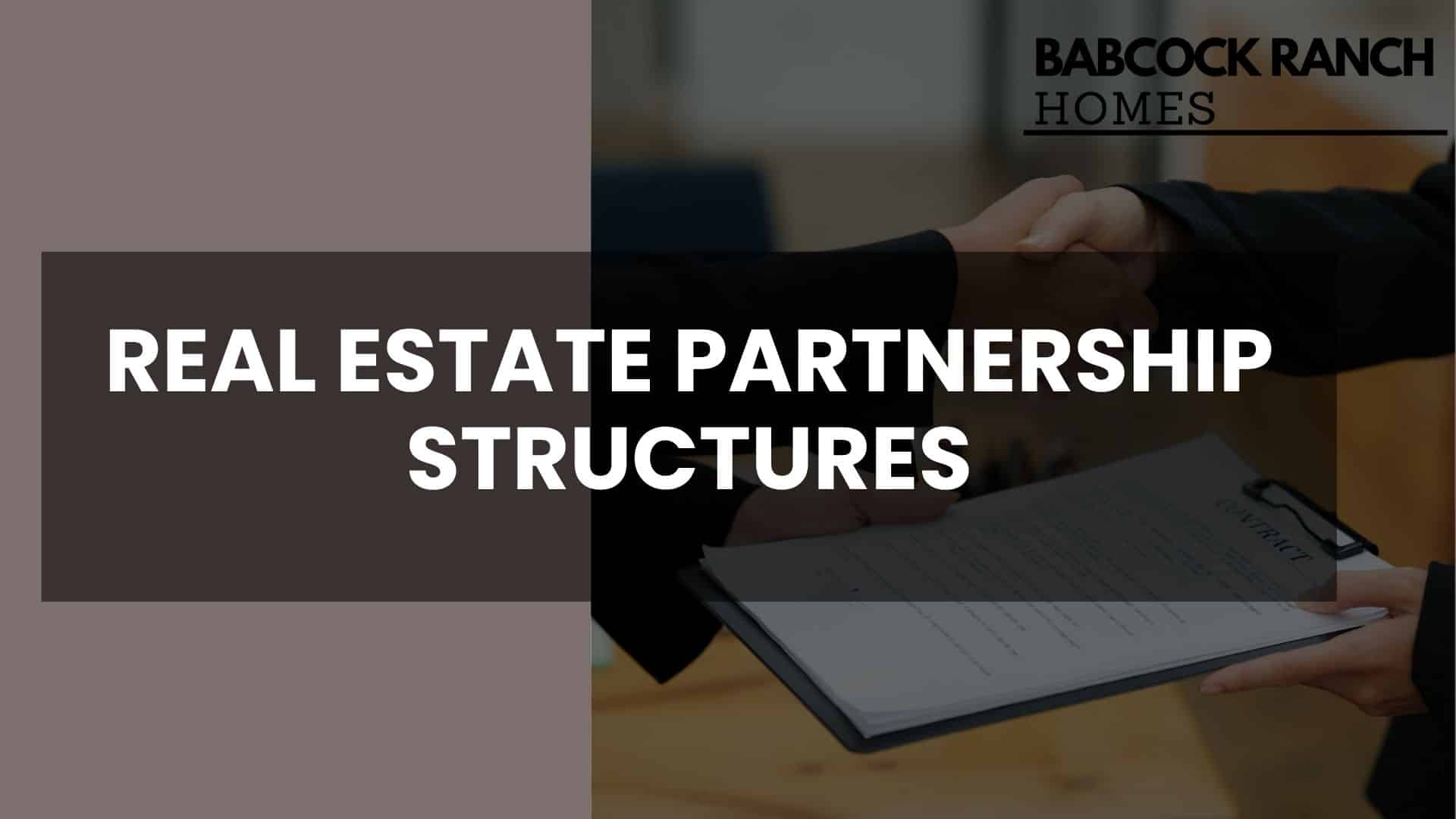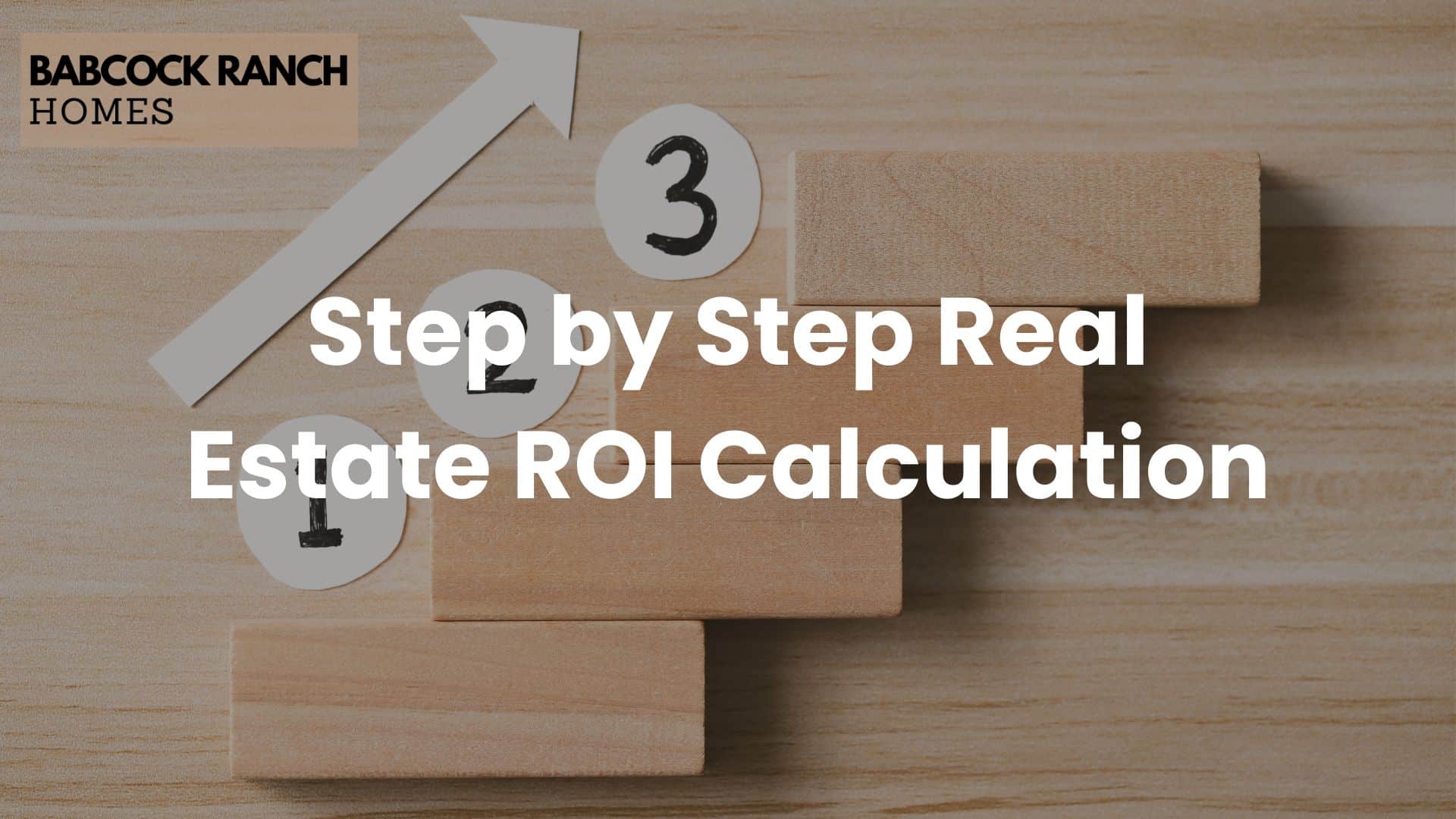
Over 40% of fix-and-flip projects now rely on non-bank funding sources. This shift reflects growing demand for flexible solutions in competitive markets. Unlike traditional mortgages, these arrangements prioritize speed over paperwork, often closing deals in days rather than weeks.
Individual financiers and specialized groups provide capital for property acquisitions and renovations. Their approach focuses on asset value rather than credit scores, creating opportunities for experienced professionals and newcomers alike. This model proves particularly effective for time-sensitive transactions needing quick capital access.
You’ll find these arrangements differ from conventional bank loans in structure and requirements. Terms typically span 6-24 months, aligning with renovation timelines or resale strategies. Interest rates reflect the higher risk but enable projects traditional lenders might reject.
Key Takeaways
- Alternative financing fuels nearly half of property renovation projects
- Funding decisions prioritize property potential over borrower history
- Deals close 70% faster than traditional mortgage approvals
- Terms align with typical renovation timelines (6-24 months)
- Enables transactions banks often decline due to strict criteria
What is a Private Money Lender for Real Estate
In fast-paced property markets, securing quick funding often determines deal success. These arrangements involve non-institutional capital sources funding property acquisitions or renovations. Their flexibility makes them popular among professionals tackling time-sensitive projects.
Definition and Overview
Capital providers in this space operate outside conventional banking systems. They might be experienced individuals, investment groups, or specialized firms. Their primary focus lies in the property’s profit potential rather than rigid borrower qualifications.

Approval processes emphasize collateral value and exit strategies over credit reports. This approach allows financing for unconventional properties or unique investment plans. Many transactions close within 7 days, compared to 45+ days at traditional institutions.
How Private Money Differs from Traditional Lending
Three key factors separate these financing options:
- Speed: Decisions occur within hours instead of weeks
- Flexibility: Terms adapt to project specifics
- Focus: Asset value outweighs personal financial history
Interest rates typically run higher, reflecting quicker access and tailored solutions. Loan durations match renovation timelines, usually 6-18 months. This model works particularly well for fix-and-flip strategies needing rapid capital deployment.
Mechanics of Private Money Loans
Successful real estate investors leverage specialized financing tools to capitalize on market opportunities. These arrangements operate through customized agreements prioritizing property potential and execution speed.

Loan Structure and Terms
Financing periods typically span 6-24 months, aligning with renovation or resale timelines. Many agreements use interest-only payments during the term, followed by a single balloon payment at maturity. Loan amounts usually reflect 60-80% of a property’s after-repair value.
Collateral requirements often include the investment property itself. Some lenders accept additional real estate assets as security. This structure protects their capital while enabling borrowers to access necessary funds.
The Application and Approval Process
Documentation focuses on three key elements:
- Property valuation reports
- Renovation cost estimates
- Clear exit strategy documentation
Approval decisions frequently occur within 48-72 hours of application submission. Lenders prioritize the asset’s profit potential over personal credit history. This approach accelerates funding for time-sensitive acquisitions.
Loan-to-value ratios adjust based on project risk and local market conditions. Experienced borrowers often negotiate terms directly with capital providers. These mechanics create adaptable solutions for diverse investment scenarios.
Risks and Rewards of Private Money Lending
Navigating property investments requires balancing immediate funding needs with long-term financial implications. These loans offer rapid capital access but demand careful evaluation of costs and timelines. Borrowers gain flexibility while accepting different risk parameters than conventional financing models.

Understanding Higher Interest Rates
Annual rates typically range from 15% to 20% for these agreements. Three factors drive increased costs:
- Market conditions affecting collateral value
- Shorter repayment windows (often under 24 months)
- Alternative exit strategy requirements
Lenders offset risk through elevated rates while providing faster approvals. This trade-off benefits investors needing quick project starts but requires precise budget planning.
Short-Term Loan Considerations
Most agreements last 6-18 months, aligning with renovation schedules. You’ll face two primary challenges:
- Timeline pressure to complete improvements
- Balloon payment obligations at maturity
Market shifts can impact resale values during the loan period. Maintain cash reserves equal to 3-6 months of payments as buffer protection. Always secure backup financing options before closing dates approach.
Qualifying and Securing a Private Money Loan
Securing capital for property investments demands understanding alternative approval processes. Lenders prioritize deal viability over conventional credit checks, focusing on collateral strength and project potential.
Borrower Requirements and Use of Collateral
Your application success hinges on three critical elements:
- Property equity (minimum 30-40% in most cases)
- Renovation cost breakdowns with contractor bids
- Documented exit strategy (sale or refinance plan)
Lenders assess your experience through completed projects or partnerships with seasoned professionals. New investors must present detailed market analysis showing profit potential. Cash reserves covering 6 months of payments demonstrate financial responsibility.
Developing a Comprehensive Business Plan
Effective proposals include these components:
- Comparable property sales in the target area
- Phase-by-phase renovation timelines
- Contingency plans for market fluctuations
Include third-party appraisals and contractor licenses to build credibility. Exit strategies should account for multiple scenarios, ensuring repayment regardless of market conditions. Strong plans often lead to better loan-to-value ratios and interest rates.
Comparing Private Money and Hard Money Lending
Real estate financing options often present tough choices for investors. Two alternative solutions—private and hard money—offer distinct paths for property projects. Knowing which fits your situation requires understanding their core differences.
Sources and Negotiation Flexibility
Capital sources vary significantly between these options. Individual investors or small groups typically back private arrangements, while established companies fund hard money deals. This affects how terms get structured and adjusted during negotiations.
Flexibility shines in private deals where personal relationships can influence terms. Hard money providers operate with standardized checklists similar to banks, though less rigid than conventional mortgages. Your project’s uniqueness often determines which approach works better.
Processing Timelines and Risk Management
Both options beat traditional loan approvals, but speed differs. Hard money lenders frequently approve applications within 5 business days using preset criteria. Private arrangements might close faster through direct negotiations.
Risk assessment methods separate these choices further. Hard money focuses on property value ratios, while private deals consider your track record. Each method impacts interest rates and collateral requirements differently.





